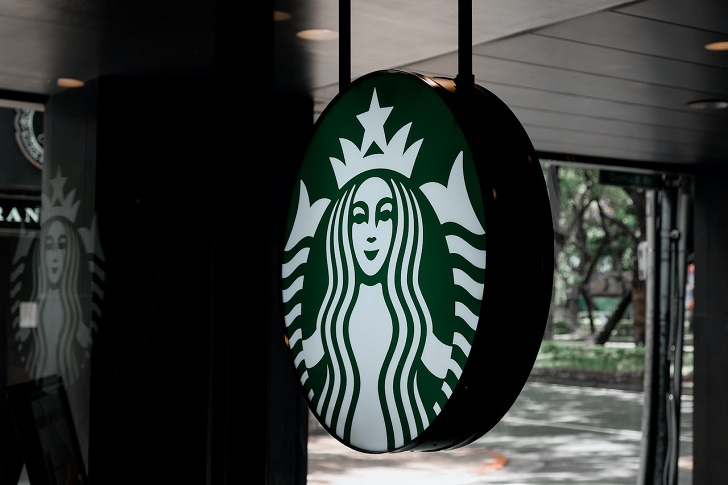In a resounding comeback, Starbucks’ business in China has regained its stride after experiencing a dip due to COVID-19 restrictions. The coffee giant has demonstrated impressive growth, reporting a remarkable 46% year-over-year spike in sales at Chinese outlets open for at least 13 months for the period of May-July 2023.
This resurgence underscores the Chinese market’s pivotal role in propelling Starbucks’ expansion, making it a crucial growth driver for the company.

Rebounding From COVID setbacks
The world’s second-largest economy, China, proved to be both a lucrative opportunity and a challenging terrain for Starbucks. The stringent COVID-19 restrictions imposed by the country significantly impacted Starbucks’ operations, leading to a considerable decline in sales last spring.
However, recent figures have given reason for optimism. Starbucks’ CEO, Laxman Narasimhan, conveyed his encouragement during an analyst call discussing the company’s financial results. Notably, the revenue in China for the quarter exhibited an impressive 51% year-over-year growth.
Expanding Footprint
With almost 6,500 Starbucks locations across China as of July, the company’s physical presence is already substantial. Yet, according to Narasimhan, there remains ample room for expansion. He asserted, “There is much more opportunity ahead in underpenetrated areas within this market.”
Narasimhan emphasized that Starbucks is still in the nascent stages of its Chinese journey, an exciting prospect considering China’s status as one of the world’s largest consumer markets.

Cultural Adaptation and Competitive Edge
Starbucks’s success in China is attributed to its strategic focus on vertical integration and “locally relevant innovation.” Narasimhan highlighted how these factors have played a pivotal role in winning over customers in a culture that has historically been centered around tea consumption.
This tailored approach has resonated with Chinese consumers and helped Starbucks differentiate itself in a market with deep-rooted cultural preferences.
Unlocking Coffee Potential in China
Interestingly, the average Chinese person consumes 12 cups of coffee yearly. In stark contrast, coffee consumption is significantly higher in other markets. For instance, the average person in Japan drinks around 200 cups of coffee annually, while in the US, the number soars to 380 cups.
This provides Starbucks with a compelling opportunity in China, given its massive population of 1.4 billion. Successfully boosting coffee consumption to levels similar to those in Japan or the US could translate into substantial growth for the company.

Balanced Global Performance
While the spotlight is on China, Starbucks also experienced growth in its North American operations during the quarter. North American outlets’ sales for at least 13 months recorded a healthy 7% increase.
Globally, Starbucks saw a 10% growth in sales at cafes that met this criterion, although this slightly missed analyst expectations. Despite this, the company’s overall performance remained robust.
The Powerhouse Duo
The United States and China account for 61% of Starbucks’ global portfolio. The symbiotic relationship between these two economic giants has propelled Starbucks’ worldwide presence and financial performance. This dual focus has diversified the company’s revenue streams and solidified its position as a global leader in the coffee industry.




